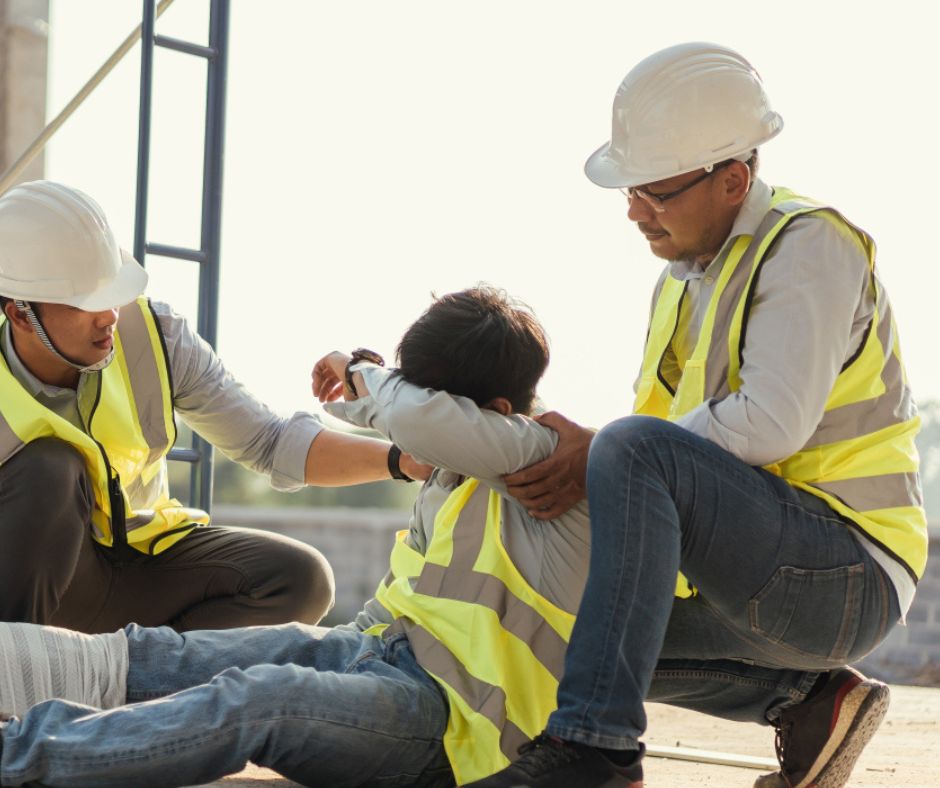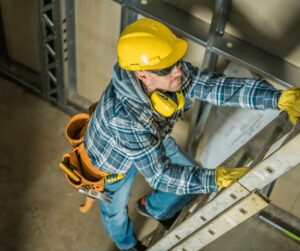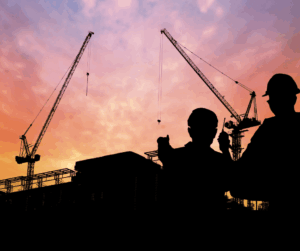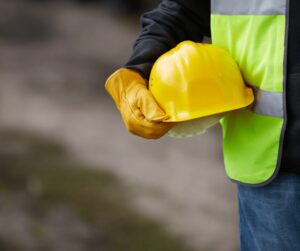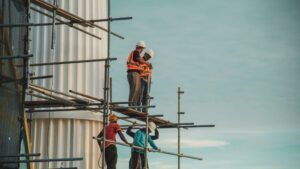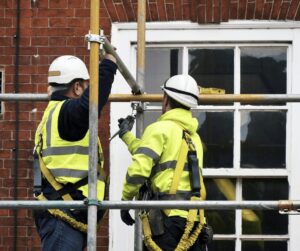
Construction is the backbone of New York’s growth, from building new skyscrapers in Manhattan to renovating historic districts in the Bronx and beyond. Yet, while construction work can be rewarding, it’s also one of the most hazardous industries. Accidents can happen in the blink of an eye between heavy machinery, tall scaffolding, and complex worksites.
If you’ve suffered injuries on the job, you may wonder what your construction accident rights are—and whether you have options beyond your employer’s workers’ compensation insurance.
This guide explores the rights of construction workers injured on the job in New York, focusing on potential third-party negligence claims that could help you secure broader financial recovery. Whether you slipped on a wet scaffold or were struck by a subcontractor’s forklift, knowing your rights is the first step toward regaining control over your life.
Workers’ Compensation vs. Third-Party Claims
Workers’ Compensation in New York generally covers medical expenses and a portion of lost wages, regardless of fault. However, you can’t typically sue your direct employer for additional damages like pain and suffering. In many cases, that’s where third-party claims come in. Suppose a separate individual or company, such as a property owner, equipment manufacturer, or subcontractor, contributed to your accident. In that case, you may have the right to pursue a personal injury lawsuit against them.
Taking the time to understand this distinction is crucial. You could leave valuable compensation on the table if you assume workers’ compensation is your sole remedy. By exploring a potential third-party negligence claim, you stand a better chance of receiving comprehensive financial support for medical bills, lost wages, and non-economic damages like pain and suffering and emotional distress.
Rights of Construction Workers Injured on the Job
New York laws provide a series of protections for injured construction workers. While construction accident rights can seem complicated at first, the fundamental idea is that workers deserve safe conditions—and if someone else’s negligence causes harm, that party should bear financial responsibility.
Here’s a quick overview of construction worker rights you might have after an on-the-job injury:
- Right to a safe workplace. Employers, contractors, and site owners must comply with state and federal safety regulations (e.g., OSHA standards). Even though accidents can happen in any high-risk environment, blatant or repeated safety violations strengthen a negligence claim.
- Right to seek medical care. Regardless of who’s at fault, you have the right to immediate medical treatment for work-related injuries.
- Right to compensation. If you’re eligible for Workers’ Compensation, you can typically receive coverage for medical bills and partial lost wages. However, if a third party is at fault, you may also have the right to additional compensation for pain and suffering, reduced earning capacity, and more.
- Right to legal representation. You are entitled to consult with an attorney who understands construction worker rights and can guide you through any personal injury lawsuits against third parties.
Remember: As soon as you suffer an injury, it’s wise to document the incident thoroughly. Documentation helps protect your rights and lays the groundwork for potential legal action if a non-employer entity caused or contributed to your accident.
When Does Third-Party Negligence Apply?
A third-party claim may arise whenever someone other than your direct employer is partially or wholly responsible for your injury. Examples include:
- Equipment manufacturers when a defective tool malfunctions, causing serious harm;
- Property owners if they fail to address known hazards, such as unstable floors or exposed wiring;
- Subcontractors, if they leave debris scattered across pathways, leading you to trip and fall; and
- Engineers or architects if a structural design flaw causes a collapse or other unsafe conditions.
These scenarios often boil down to whether the third party owed you a duty of care, violated that duty, and caused your injury. New York labor laws, commonly known as the “Scaffold Law,” also impose a special duty on certain parties to provide safe conditions for workers who perform tasks at heights. If these parties fail to meet these obligations, they can be held liable for resulting injuries.
Common Third-Party Claims in NY Construction Accidents
Below are a few examples of scenarios that illustrate how these claims arise.
Scaffolding and Ladder Collapses
Under New York’s Scaffold Law, owners and contractors must provide appropriate safety devices (like guardrails or harnesses) for workers at elevated heights. These parties could be liable if they fail to do so or if the provided equipment is faulty. These laws are notoriously strict, making it easier for workers to prove negligence if they fall from a height.
Machinery Malfunctions
Cranes, forklifts, and other heavy machinery can pose significant risks if poorly maintained. If a third-party contractor or equipment supplier knew (or should have known) about a defect or lack of maintenance but failed to act, they may be liable for injuries.
Hazardous Substances
Construction often involves chemicals, solvents, or other dangerous materials. If a manufacturer mislabels a product or a subcontractor stores chemicals improperly, leading to toxic exposure or explosions, injured workers might pursue a negligence claim against those responsible.
How an Attorney Can Help You Assert Your Construction Accident Rights
When you’re nursing injuries and juggling medical appointments, diving into the complexities of New York construction law on your own can be overwhelming. That’s where an attorney comes in. A legal professional knowledgeable about construction negligence cases can:
- Conduct a thorough investigation. Your attorney will gather evidence, interview witnesses, and analyze official records to pinpoint the party (or parties) at fault.
- Navigate the legal requirements. From adhering to strict filing deadlines to understanding labor law nuances, your lawyer ensures you don’t miss critical steps.
- Negotiate with insurers. Insurance companies often aim to minimize payouts. Legal representation helps level the playing field by rejecting lowball offers.
- Calculate full damages. In addition to medical bills and lost wages, you may be entitled to compensation for pain and suffering, emotional distress, and future care costs.
- Advocate in court. If settlement negotiations fail, a skilled construction accident lawyer can represent you in court to help safeguard your rights.
Having someone on your side who grasps both the law and the practical realities of a construction site can be invaluable, especially when dealing with multiple defendants or a large-scale accident.
Moving Forward: Exercising Your Rights as a New York Construction Worker
Healing from a construction accident can be a lengthy physical and emotional process. Yet it’s essential to remember that construction worker rights in New York include the ability to hold third parties accountable when their negligence causes harm. If another contractor, property owner, or manufacturer neglected critical safety responsibilities, you shouldn’t have to shoulder the consequences alone.
Contact the experienced team at Greenspan & Greenspan Injury Lawyers to learn how we can help. For decades, we’ve been protecting the rights of New York construction workers when it comes to third-party negligence claims. By knowing and asserting your rights, you can strive for the support and compensation you need to rebuild your life.

